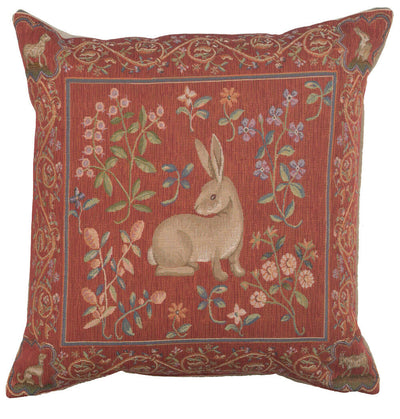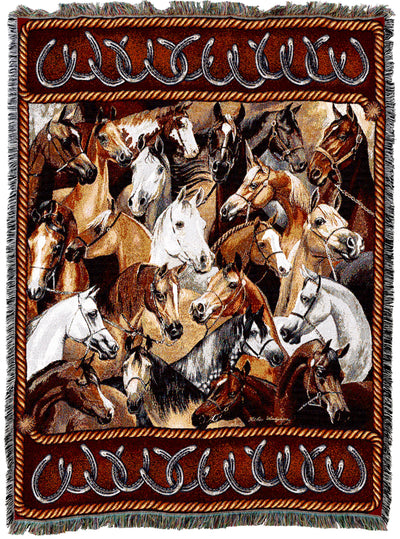Post-Impressionism Van Gogh Tapestry
Post-Impressionism Van Gogh Tapestry
Post Impressionism is a term that refers to art works produced in the later part of the 19th century and in the early part of the 20th century. Van Gogh Tapestries fall into this category. These works of art were based on the principles of impressionism but were created by artists much younger than the first generation of impressionists. The works of post impressionists differed from impressionists somewhat. They seemed to extend impressionism. Post impressionists rejected the limitations that they found in impressionism and tended to use real life subjects for their paintings.
Vincent Van Gogh is one of the most notable post impressionist artists. Born in 1853, he discovered his talent for painting in his late twenties and varied his paintings between realism and impressionism. Van Gogh tapestry show influences of the two forms of art in his works.
Many of the techniques and artistic skills presented in the works of Van Gogh are self taught. The only formal education the artist received in art was at the Academie Royale des Beaux-Arts. Here he learned anatomy and the basic principles of perspective and modeling. Many of his early works were based on single human models. He later incorporated multiple models in his work.
The Starry Night Van Gogh Tapestry is typical of post impressionist art. Vincent Van Gogh used vivid colors in his works, and so also you will see vivid colors in a Van Gogh tapestry. Thick application of paint and distinctive strokes were characteristic of his works and those of artists who have been influenced by him. You may wonder if this can be reflected in tapestries that are reproductions of his work. The answer is yes. Van Gogh tapestry reflects the distinct brush strokes and vibrant colors used in the works of this post impressionist. The effects of the brush strokes and thick application of paint are emphasized even further in the tapestries than on the canvas reproductions. This is because of the textual quality of the tapestries. Tapestries lend the third element of depth to the images and therefore create a vivid impression of the brush strokes and the texture of the thickly coated paintings.
Post impressionists were distinguished from impressionists for their emphasis on geometric forms. They distorted the natural forms of objects to create a specific effect or express an emotion of mood. They also used arbitrary colors to further emphasize their expressions. This is evident in Van Gogh tapestry wall hangings. These tapestries are popular for their unique representation of the natural world.
















